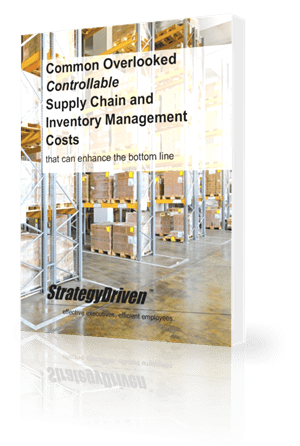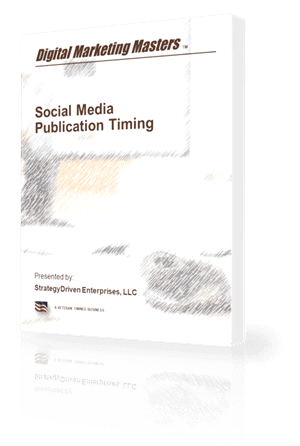Corrective Action Program Best Practice 3 – Employ Multiple Condition Report Types

Information needs vary based on the type of issue being reported and the associated regulatory requirements. In order to ensure the appropriate information is gathered while also minimizing the administrative burden, situation specific condition reports should be used.
Hi there! Gain access to this article with a StrategyDriven Insights Library – Total Access subscription or buy access to the article itself.
| Subscribe to the StrategyDriven Insights Library
Sign-up now for your StrategyDriven Insights Library – Total Access subscription for as low as $15 / month (paid annually). Not sure? Click here to learn more. |
Buy the Article
Don’t need a subscription? Buy access to Corrective Action Program Best Practice 3 – Employ Multiple Condition Report Types for just $2! |
About the Author













Leave a Reply
Want to join the discussion?Feel free to contribute!